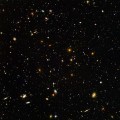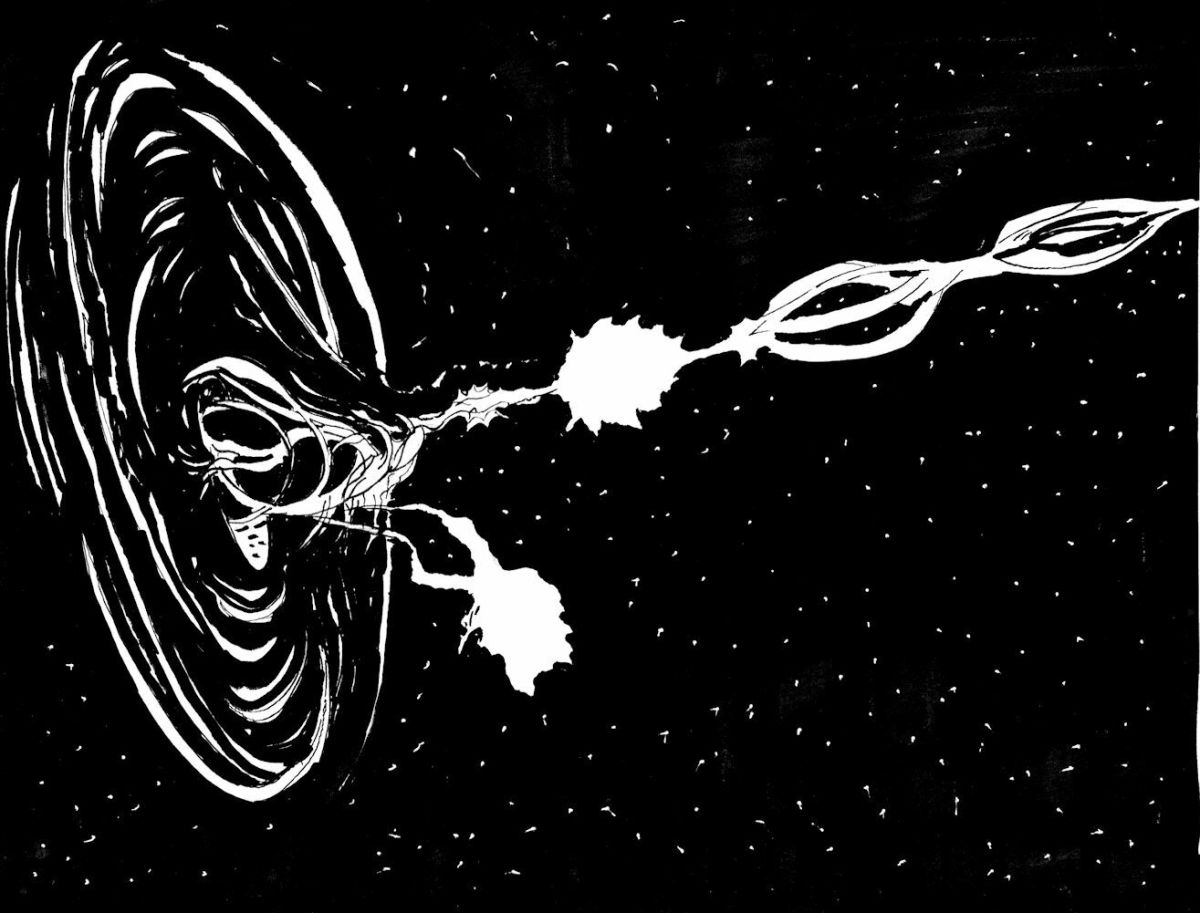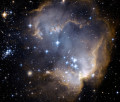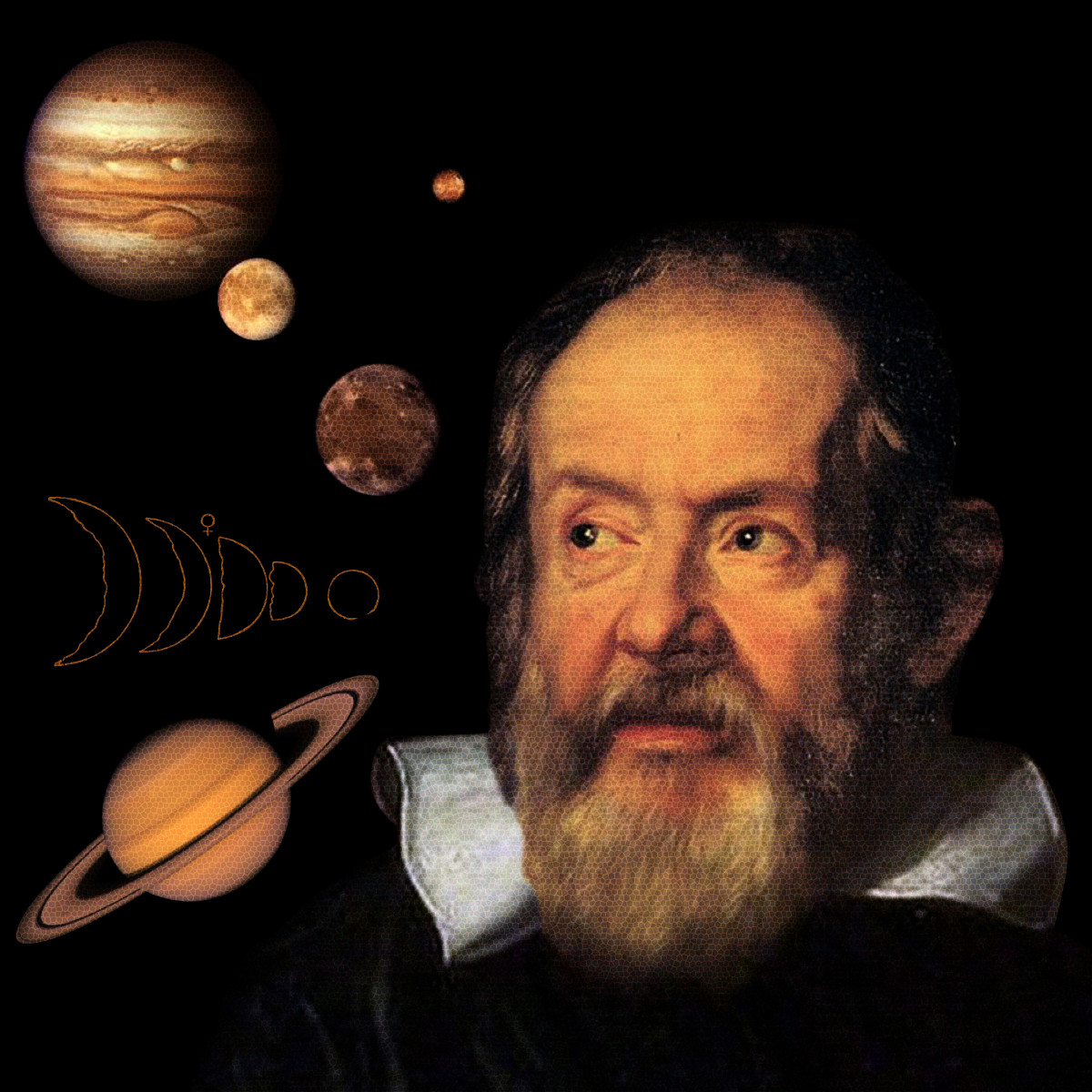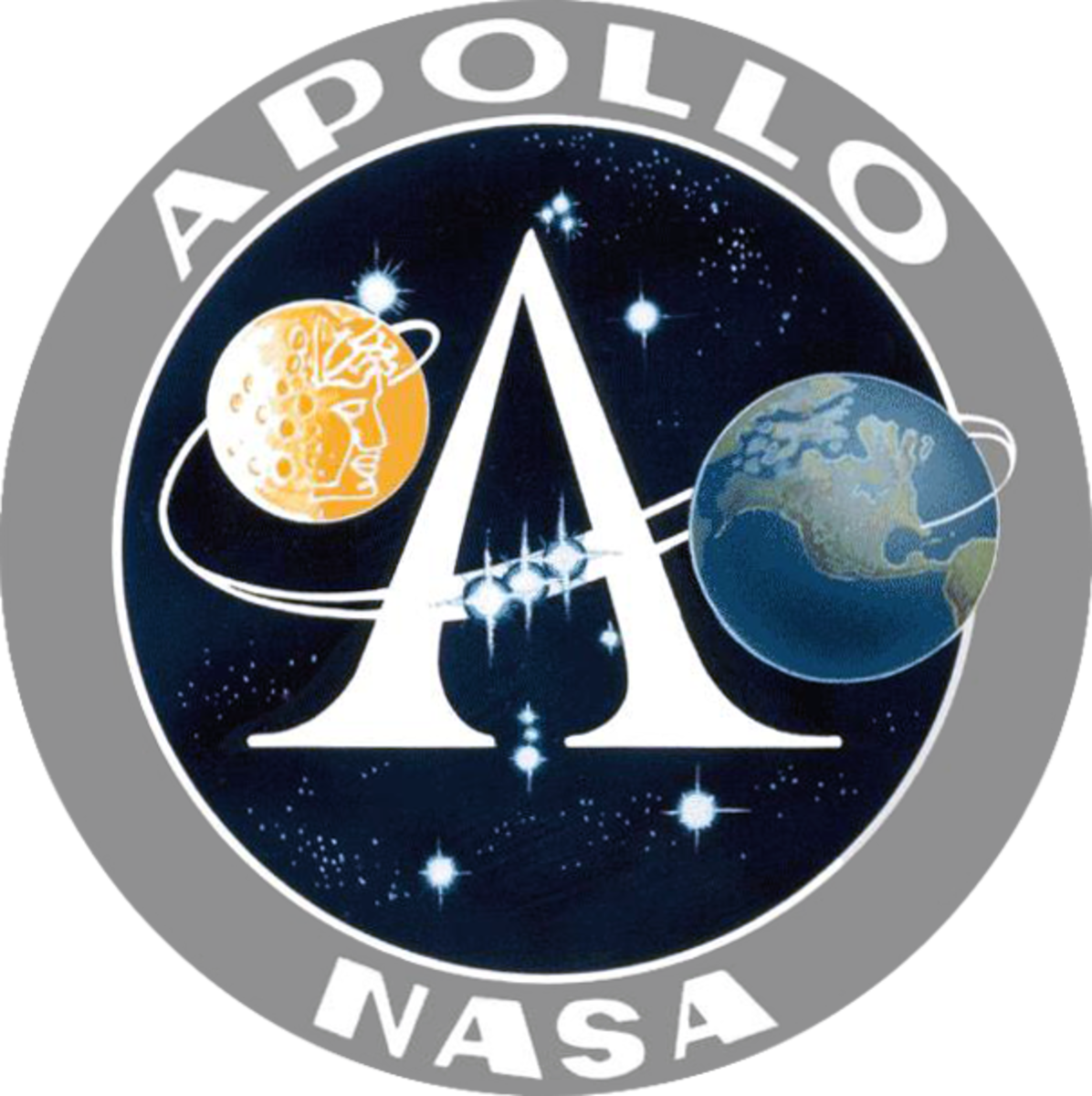Possibility of Life Beyond Earth

There are some things which fade into the oblivion due to our busy lives, things we hardly think about. One such thing we will cover in this hub would be the possibility of life beyond our little blue gem.
Our planet has all the right conditions to support the diverse life it bears. It's vivid, incredible and limited to our planet. Our curiosity makes us wonder if we are one of a kind and the only beings in existence. We often think if it is realistic to consider that life is common in the universe. This hub will help you in forming an opinion.
What Are The Prerequisites ?
Our planet has provided an opportunity for life to grow and evolve to this level of complexity. It was able to meet all the requirements needed to harbor life. If it had missed even one, things might have been different today. There are a lot of factors that determine if a planet can be a good candidate to host life. Some of them are :
Its Parent Star And Habitable Zone:
A planet should orbit its parent star from a distance such that water can stay in the liquid state on its surface. This band around a star is its habitable zone, or as some scientists call it 'The Goldilocks Zone'. If the planet is closer to its parent star, it experiences higher surface temperatures that water evaporates from its surface and if it is farther away, then the water freezes from low temperatures. Besides that, a planet also needs to be in a stable habitable zone, which means that it should always remain in that habitable band and not step in and out, so that life could get the opportunity to thrive. Another hindrance might be a gas giant in or closer to the habitable zone which doesn't let earth sized bodies to form, as is evident from the asteroid belt which couldn't clump together to form a planet due to Jupiter's formation.

The size of the parent star does also matter. Life, as we know at the current stage didn't get here in some thousand years, it took some billion years for life to reach this level of complexity. A star, much larger than our sun might not have those many years to its life, and expecting it to provide a planet with the opportunity to host life is beyond its capabilities. Whereas even a star much smaller than our sun would be problematic. Planets in the habitable zones of such stars get tidally locked due to the close proximity and as a consequence, only one side of the planet faces the star, the other side left in darkness for eternity. One side being completely toasted whereas the other - frosty and dark. Our sun is quite of the ideal size, and stars closer to this size are the best candidates for parent stars.
-
Fluctuations In The Parent Star's Luminosity:
A sudden dip or rise in the star's luminosity proves to be devastating for life. A sudden rise in the light's intensity can expose the planet to lethal levels of gamma and x-ray radiations which can by degrees strip a planet's atmosphere, while a significant dip causes the planet's surface temperatures to plunge, weeding out life.
It's thought that the little ice age the earth went through aeons ago, was caused due to a temporary dip in the sun's luminosity.
Such fluctuations in temperature do not allow life to adapt to any particular temperature, and organisms adapted to certain temperature ranges may even go extinct. Hence, such unpredictable stars are ruled out for giving an opportunity to life-hosting planets.
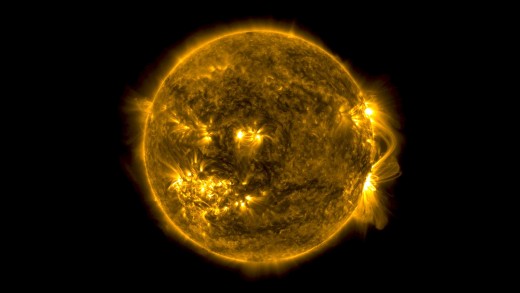
The planet:
A planet's location in a galaxy is crucial. If the planet is nearer to the galactic nuclei, then it has the chances of getting cleansed of life due to hazardous levels of radiations. And as even super massive black holes dwell at the core of a galaxy, that region would be off limits. Equally important are the planet's own attributes which can determine its habitability.
-
It's Mass:
A planet like our own is quite of the ideal mass, it's large enough that it can retain an atmosphere and large enough that it has a large iron core that enables for a strong magnetic field and you might be aware just how important a magnetic field is - it deals with charged particles from the outer space quite effectively which would otherwise have shut off the power grids and all electrical devices of a planet with intelligent life like our own. The planet should also rotate quickly to maintain that magnetic dynamo in its iron core.
-
Shield:
Life can't thrive on a planet which gets continuously bombarded by outer space debris - asteroids, comets and various other objects that will potentially wipe out any life that has cropped up. The whole process of readjusting to the aftermath conditions would take a sufficient amount of time for life to evolve back. Having a large planet in the planetary system could come out as an important factor that can enable a planet to potentially host life; by attracting all sorts of space debris ensuring that the planet stays away from all impacts.
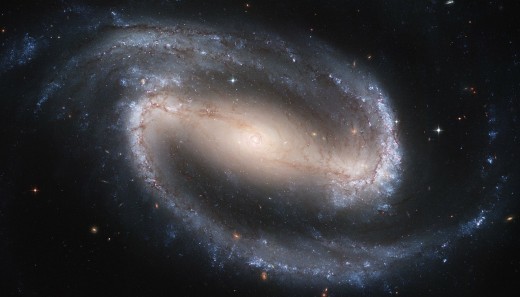
Comet Shoemaker Levy 9 Collision With Jupiter
-
Water:
Our bodies are over 70% water, it is quite crucial for life. Being a universal solvent, it has the ability to dissolve a multitude of solutes and thus effectively aids in transportation inside the being's body while being able to move through biological membranes quite easily. It even acts as an excellent medium to host various chemical reactions occurring in the organism's body, has lubricating properties and other properties like cohesion, adhesion, surface tension which all add up and transcends water as one of the important prerequisites.

-
Atmosphere:
The atmosphere is that essential layer of gases a planet needs to prevent its sterility. It is crucial for insulating the planet, maintaining thermal equilibrium (preventing days from getting too warm and nights from getting too cold), wearing down asteroids before they get the chance to hit the surface and protection against outside radiations. A denser atmosphere is also needed; one which can exert a pressure of about or more than 4.5 mm of hg, to retain water in the liquid form on the surface of the planet.
What Are The Possibilities?
The observable universe - the only bubble we see around us stretches to about 46 billion light years in any direction and that's only how far we've been able to see! Given the fact that the universe keeps expanding continuously and that the rate at which it does so also keeps increasing. It's safe to break it to you that there are wonders forming in this universe every passing moment, and it does even say that maybe universe could be much bigger than any of us could imagine. My guess? infinite. And in such a majestic universe, imagining that life is unique to only one little planet wouldn't be the right bet to place your chips on. Universe has a multitude of vivid celestial objects and none of them are solitary, it would be quite easy to spot a similar object somewhere in the vast universe. There are not one but many planets, stars, galaxies, clusters, nebulae, quasars, magnetars, pulsars, protostars, neutron stars, etc.. and a planet bearing life being just one in estimated 1024 (1,000,000,000,000,000,000,000,000) planets out there in the observable universe, it's blown out of proportions.

Additionally, many of the points we discussed in the beginning of this article were the factors that earthly life would need in order to thrive. It's really not necessary that there needs to be water or oxygen for life to exist. The most important ingredient that life needs in order to flourish is energy and as you might know, it's quite abundant in our universe. Beings could be energy harvesting entities and as is evident from findings on our own home planet, life has been found to thrive in extremes of conditions where it was previously thought that it had no chance to dwell. Life could come in any form, in any size and would opt ways to harness energy, humanity might never ponder how.
If you need some numbers, then there could be about 72,800 communicating civilisations in our galaxy and about 10,920,000 bn communicating civilisations in the universe. (Source: BBC - Future) These numbers are huge enough that you could possibly get your mindset abuzz by now, while the question will still persist. Could they be out somewhere?


